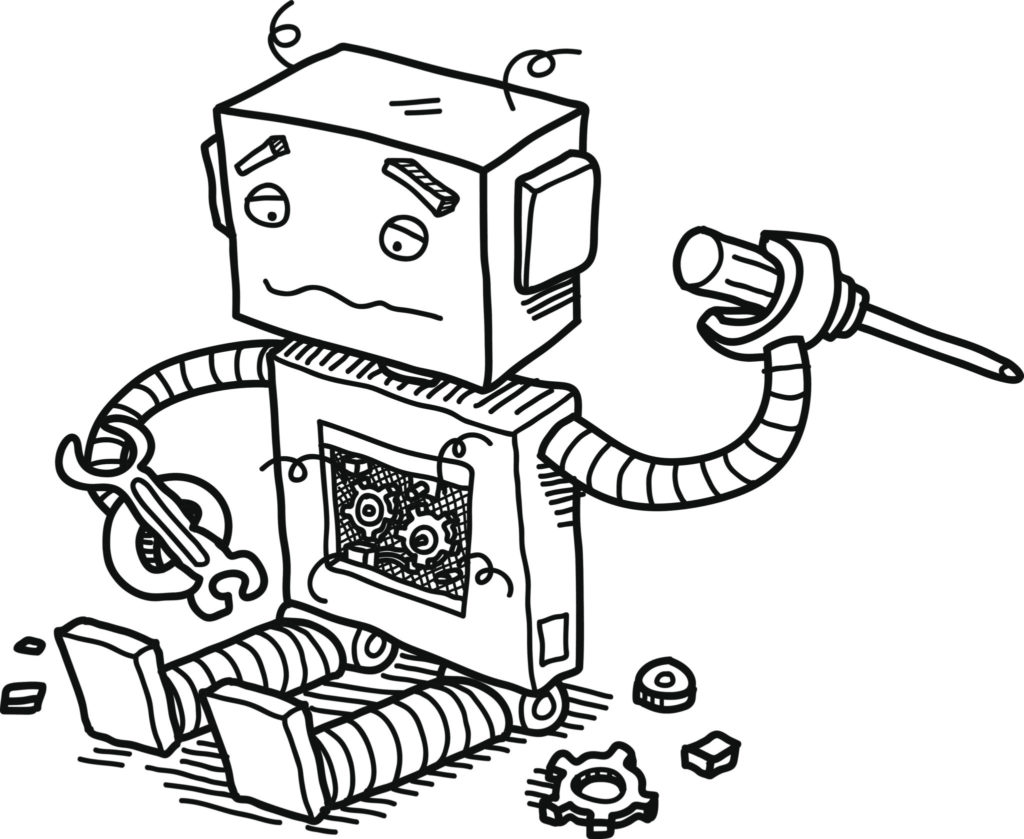Project work is exciting and challenging, and brings teams together to create amazing products and technology. But if your stress level is chronically up a few extra notches and you feel like your excellent team is scrambling to do mediocre work, that could be a sign that something’s amiss with your project management software. The good news is: it’s fixable! But before fixing things, here’s a list of signs that your PM tool isn’t working:
The project schedule is rarely up to date, and nobody trusts it.
When it is solely the project managers job to update project progress and communicate changes and updates to the team, it’s never truly up to date. When project contributors do not have real time updates or constant access to the project plan, it is hard for them to have confidence in what they are working on.
Your team is in a constant state of chaos.
You and your team are stressed because priorities are changing and no one is working on the same project. When someone is asked what their priorities are, they shrug, scream or implode—their checklists won’t cut it and they feel like they are letting their team, manager and company down!
A PM tool helps organize and prioritize work, and allocate resources according to availability, change requests and shifting finish dates. The team can take a breath and even carve out time to think about what they’re doing, plan and strategize—instead of panting away in a state of overwhelm.
You don’t know what your team is working on.
As a manager or project manager it’s stressful to never quite know what your team is working on—or to stumble when your boss or client asks for an impromptu status update at lunch or in the hallway. An effective leader doesn’t micro manage (emailing, calling throughout the day), but how do you stay on top of work when things are changing so fast? A collaborative project management platform lets team members participate in the project’s lifecycle—and managers have visibility and access to see what’s going on, all the time.
Priorities are unclear. Or everything is a #1 priority.
A team member can spend hours or days working on a project without knowing that it was either tabled, cancelled or there’s another task that has taken precedent. If you’re using static checklists, they might be great for weekend errands, they aren’t something you can depend on for insight into the changes that are inherent in projects. And what about multiple high priority tasks staring you down? A project management tool that aligns teams and gets the right work done—and on time!—is one that surfaces priorities and the most important work of the day.
Your resources are over-booked.
Doing more with less has been a sign of the times—whether you’re working on manufacturing or technology projects. When your team is overbooked and overworked that’s a sure sign that your project management tool isn’t working—or you don’t have a reliable process. A good PM platform helps you allocate resources across projects by showing you who has capacity, who’s overbooked, and how much work is distributed among individuals.
Your lack of time tracking is having a negative impact on your business.
If there’s not an easy way for team members to track time and log progress, a lot of things can go wrong. For example, without accurate data for client work, your guestimates could be off, which might result in disagreements, and in some cases, having to pay your clients money for work they feel you overcharged but under-delivered on. Also, time tracking numbers provides rich project data and analytics—used to create goals, ask for more resources and future forecast project work.
Your relationship with stakeholders and clients is strained.
You do great work but your clients and stakeholders don’t love working with you for a variety of reasons. They never have a clear sense of what’s going on, and you have a tendency to surprise them with news of a schedule change or a request for more budget to complete the project. All this could damage your company’s credibility and business, and it’s not because you aren’t capable or a fun person to work with. But if you’re unreliable, that could be the end game. What all clients and stakeholders want is honest, clear visibility into projects and their progress. Better yet is a plan they can access to feel part of the process.
If you saw yourself in this article, there’s a great solution. To learn more, download our eBook, An Introduction to Dynamic Project Management.
 Schedule a demo of LiquidPlanner with a product expert today
Schedule a demo of LiquidPlanner with a product expert today







